
By David Kier
www.vivabaja.com
Co-author of ‘The Old Missions of Baja & Alta California, 1697-1834’
The Dominicans were anxious to complete their charge to establish five missions in the void between San Fernando de Velicatá and San Diego de Alcalá. The Dominicans called this region La Frontera and after 13 years, they only could create three new missions. Indians hostile to the Dominican presence at San Vicente, along with the 1781 massacre at Yuma, caused a multi-year delay to begin their fourth mission. Padre Luis Sales of San Vicente finally explored for new sites and found one he felt suitable, at an arroyo named ‘El Encino’.
On March 28, 1787, Mission San Miguel Arcángel was founded midway between San Vicente and San Diego, on the Camino Real. This mission site was referred to as ‘San Miguel Encino’ or ‘San Miguel de la Frontera’. The native population at San Miguel began with 123 baptisms the first six months and there were 137 neophytes by the end of 1787. Peveril Meigs (in 1928) reports that the original location at El Encino was apparently on the site of a Russian ranch named ‘La Misión’. It was located above an encina (oak filled canyon). No original mission ruins were visible on the ranch.
Rooms and a chapel were being constructed, and crops planted at the new mission, when the spring dried up. From the writings of Padre Sales: “While we were in this predicament there came an unbaptized Indian all swollen up from the bite of a viper and at the point of death. He was the captain (chief) of a place called San Juan Bautista. I had the good fortune to cure him perfectly with common oil (a remedy which the missionaries use regularly on such wounds). The grateful Indian told us that in his land there were all the facilities we were seeking to found a settlement. Instantly I set out, explored the site, and found that what the Indian had said to me was true. Consequently we abandoned this place and moved all the train to the new site…”
‘San Juan Bautista’ was three leagues (just over 7 miles) west of El Encino and 1.5 miles from the coast. An estuary and the beach near there provided abundant seafood. The area was also well populated with Indians. The San Miguel mission was moved to San Juan Bautista in 1788. The Indian name for the area was Ja-kwatl-jap, (ja=water; kwatl=a family name; jap=hot) for some warm springs in the valley. A source for salt was nearby at La Salina adding value to an area that seemed like a perfect location for growing crops and raising livestock.
In 1793 the adobe church measured 19 ft. x 72 ft. and was roofed with tiles. Inside were two altars. The missionaries also had an adobe dwelling. In 1794 the population numbers were up to 206. An irrigation canal was built along the steep slope, next to the mission. The canal ran from over a kilometer away. In 1798, three rooms and two granaries were built. In 1800, a new house for the Padres and their servants was built. That same year there were 224 Indians converted at San Miguel. However, a few years later, in an 1808 report by Dominican Presidente Ramón López said this: “Conditions at San Miguel are not very good. While outwardly prosperous, its minister can barely provide the Presidente with twenty-five or thirty pesos annually. I know quite well that the priest there can hardly meet his own needs”.
Mission records are lacking but from the surviving writings we gain a partial list of the Dominicans who served at San Miguel over the years: Luis Sales (1787-1790); Mariano Apolinário (1794-1796); Mariano Yóldi (1794-1803); Raymundo Escolá (1798-1800); Miguel Abád (1799); Tomás de Ahumada (1809-1815); Félix Caballero (1815-1834); José Martínez (1819-1822); Domingo Luna (1829-1833).
Normal instructions and orders from Spain, as well as supplies from the Mexican mainland, were interrupted and the missionaries and Spanish soldiers had to fend for themselves for some 11 years of isolation during the war for Mexico’s independence, beginning in 1810. The Dominicans appealed to their Franciscan brothers in Alta California for assistance in 1815. The Alta California missions were doing far better and were able to send cattle, grain, and clothing.
Large fields had been cultivated but flash floods carried off most of the soil by 1810. The damage was so severe that in 1810 Padre Tomás de Ahumada moved the mission about eught miles north to a place called El Descanso. The new site was known also as ‘San Miguel la Nueva’ (New San Miguel). Padre Ahumada traveled between the two sites while based at Descanso, but seems to have eventually returned mission functions to the old site. In 1824, the estimated population was 350-400. However, in 1830 the population was only 78.
Following the 1821 independence of Mexico from Spain, the original purpose of the missions was over. The padres however continued to serve the native Indians. Some would say that the Indians continued to serve the padres. In 1830, Padre Félix Caballero had new adobe buildings erected at El Descanso, reviving activities there. While El Descanso is not technically a separate mission from San Miguel, it is considered such by Mexico’s INAH (National Institute of Anthropology and History) and most history authors.
No mission activities are recorded beyond 1834 at ether San Miguel or El Descanso. In June, 1834, Padre Félix Caballero opened the last California mission, at Guadalupe. Six years later, Caballero abandoned his Guadalupe mission following an Indian raid. Padre Caballero relocated to San Ignacio where he soon died under mysterious circumstances. On December 29, 1840, the Dominican President, Padre Gabriel González, asked Padre Tomás Mansilla of Mission Santo Tomás to include the missions of San Miguel and Guadalupe in his jurisdiction. This indicates the Dominican leadership either did not know of, or ignored the abandonment of those two missions.
The new Mexican government secularized mission property throughout Mexico in 1833, but the remoteness of California (Baja and Alta) and the number of Indians who were not yet ‘civilized’ or transformed into ‘European style’ living caused an exception in the law to be added in 1835. The California missions could continue to operate until the current missionary died, or until he abandoned it.
The 1788 San Miguel mission site is located next to Highway One, in the modern town of La Misión, 27 miles north of Ensenada.
David Kier is co-author of ‘The Old Missions of Baja & Alta California, 1697-1834’. The book is available for purchase HERE or at the DBTC offices (call 800-727-2252).

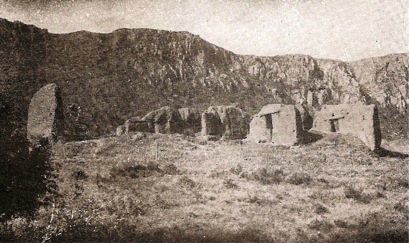
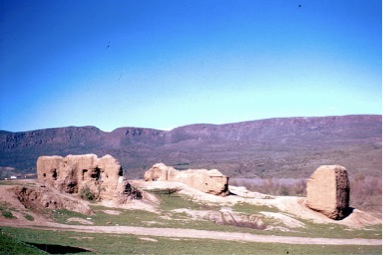
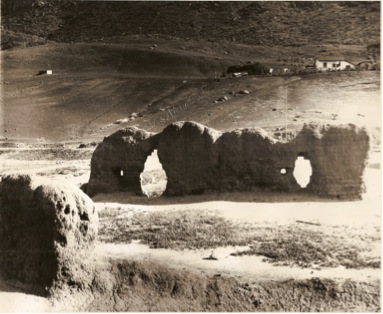
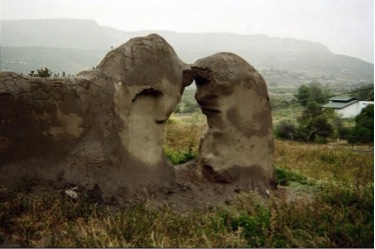
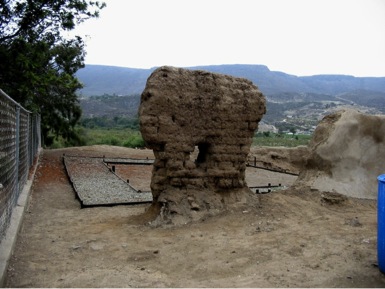

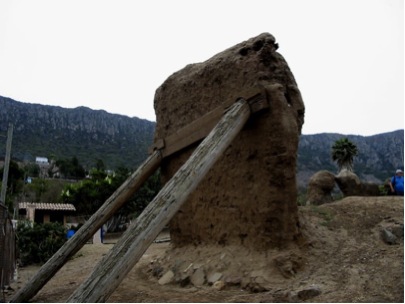
I have your book and went right to the page. You only have 3 pictures on page 63. I bought your book in San Ignacio, Baja Mexico. I want to come to your talk on July 24. It is a long way for me. I have it on my to do list, but not sure if it will get done.
Where is the talk? For my GPS.
Hi Connie, the lecture is at Liberty Station in San Diego. More information and the exact locations can be found here: http://www.discoverbaja.com/event/spanish-missions-baja-california-lecture/. David will be there and can answer any questions.
Hi Connie, yes there are 2 or 3 photos of every mission on the opposite page of each mission’s founding story, in addition to one photo on that page. On page 63 are three of the four photos we have for Mission San Gabriel. I hope to meet you on the 24th, but please feel free to ask me here or by email any questions should you not get a chance to ask then. Thank you for your interest in The Old California Missions!
Hello, I am searching for the location of the mission records for San Miguel Arcangel de la Frontera. I have Spanish ancestors who were there from 1799-1801. Any help will be appreciated.
Thank you,
Wilma